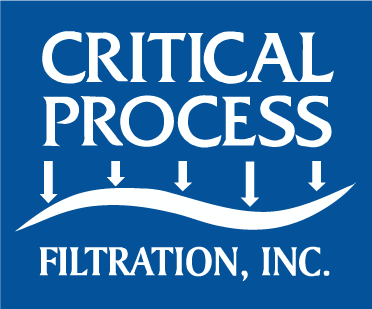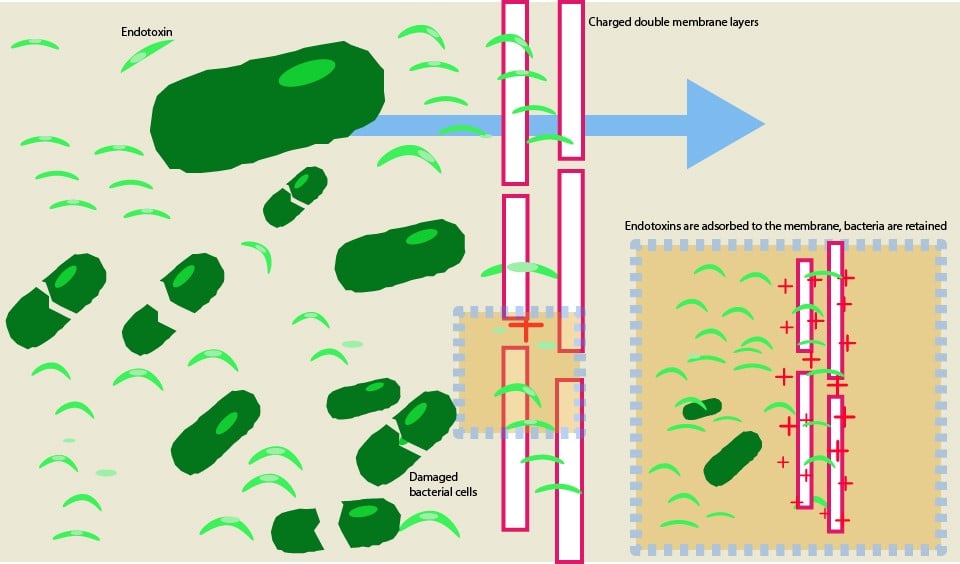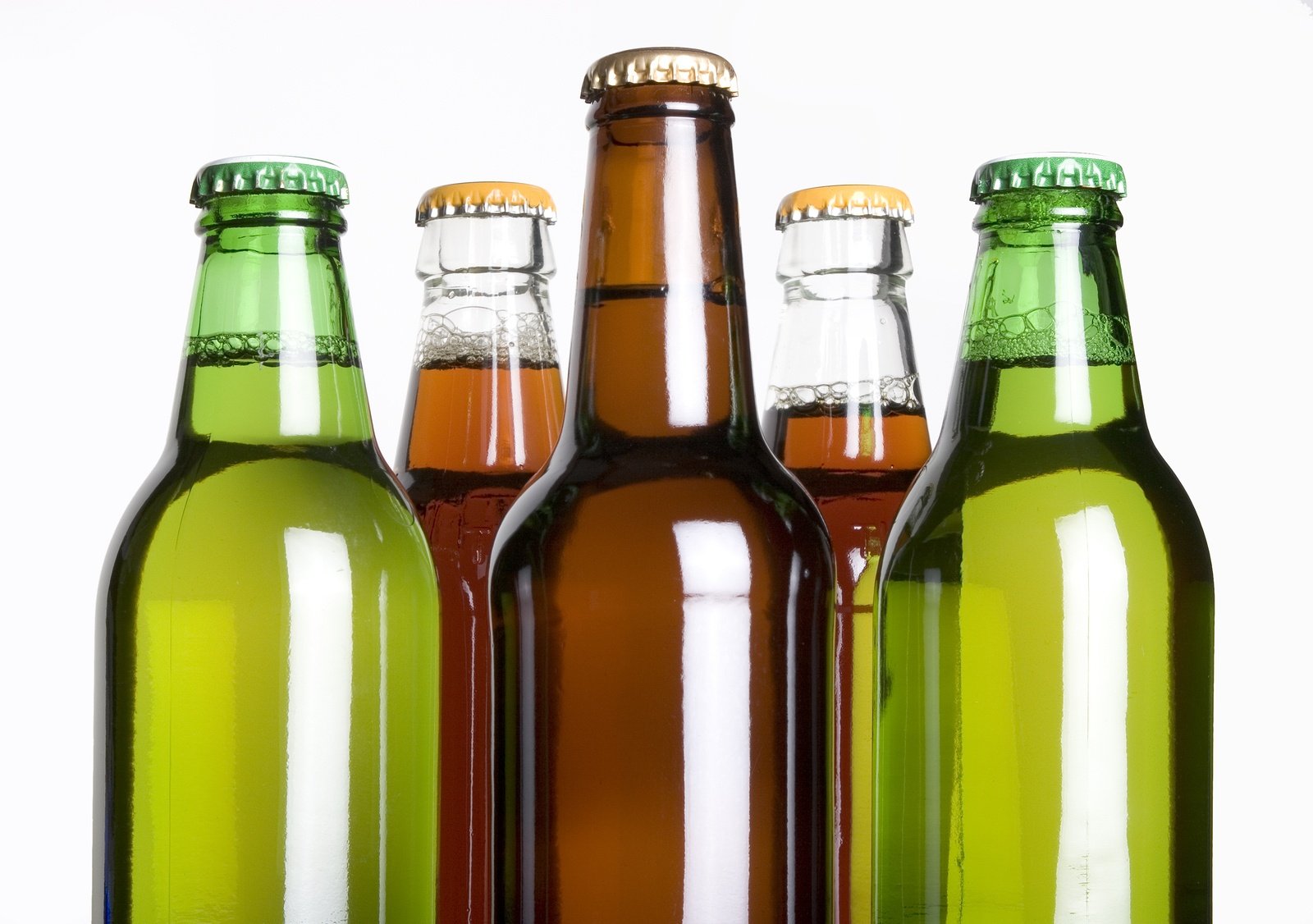AAMI ST108 and How it Might Affect You
AAMI ST108 and How it Might Affect You
The Association for the Advancement of Medical Instrumentation (AAMI) recently introduced ST108-2023 (Water for the processing of medical devices), a new Standard for the cleaning, disinfection, and sterilization of reusable medical devices. This Standard evolved from a previous Technical Information Report (TIR34), which focused specifically on water quality required for medical device processing.
ST108 goes beyond establishing water quality requirements and includes qualifying, monitoring, testing, and maintaining systems used to provide water for medical device processing. While not a legally binding document, regulatory and accrediting bodies are expecting facilities involved in medical device cleaning (hospitals, clinics, etc.) to adopt and maintain compliance with the Standard.
As a result, these facilities are having to re-evaluate their water purification systems to identify where they are - and where they might not be - in compliance with the Standard. This often involves going through the entire water system to make sure each component is appropriate for its intended use, is producing the required result, and has sufficient monitoring points for testing, recording, and showing compliance. Part of this is a detailed risk assessment (as required by the Standard) to identify, document, and mitigate any potential hazards affecting water quality. In the extreme, risk mitigation might involve significant upgrades - or even full replacement - of an existing water system.
Water Management Program Team
An important aspect of the Standard is the establishment of a Water Management Program with a multidisciplinary team responsible for developing, implementing, and documenting the requirements of the program, as well as ongoing monitoring to ensure continued compliance. The Standard guides creating this team, including responsibilities and areas of expertise expected for team members (including but not limited to: management, facilities, water treatment, device processing, etc.). If all required disciplines are not currently on staff, it is acceptable to utilize outside vendors and contractors.
Risk Assessment
Per the Standard, a comprehensive risk assessment is required, covering both the performance of the water system and potential for failure to meet established water purity requirements, and the potential for adverse events as a result of using inadequate water quality. For a new system, this analysis should be conducted before installation. For an existing system, the analysis can still be conducted, focusing on the various existing components, potential inadequacies, and upgrades required to remediate identified risks.
Evaluation of an existing system should include:
- Examining individual components (prefilters, desalination, deionization, bacteria and endotoxin removal, etc.) to ensure they are capable of meeting water quality requirements. Also, evaluate the potential and consequences of component failure, and possible remediations to any identified risks
- Examine water storage and distribution systems for potential contamination and opportunities for improvement
- Sterilizing vent filters on tanks
- Point-of-use bacteria and endotoxin filters
- Water testing and process monitoring
- Are there adequate sampling ports?
- Manual vs automated testing
- Documented process controls and monitoring
Improvements required for compliance may not be as drastic as you think. If the existing system is capable of supplying the required water quality, it may only need additional testing/monitoring and possibly some POU filters to ensure water quality where needed.
Water Quality Categories and Requirements
The Standard lists quality requirements for three categories of water:
- Utility Water used for flushing, washing, and intermediate rinsing.
- Critical Water used for final rinsing after disinfection or before sterilization. It can also be used as feedwater for process steam generation.
- Steam is generally produced using Critical Water, and when tested as condensate, must meet the quality specified in the Standard.
The Standard lists the requirements for each type of water (see table below).
Annex E of the Standard specifies a wide range of potential water treatment technologies that may be used to achieve the listed requirements.
Water Categories and Specifications1
|
Measurement |
Units |
Utility Water |
Critical Water |
Steam |
|
pH @ 25 oC |
pH |
6.5 - 9.5 |
5.0 - 7.5 |
5.0 - 9.2 |
|
Total Alkalinity |
mg CaCO3/L |
<400 |
<8 |
<8 |
|
Bacteria |
CFU/mL |
<500 |
<10 |
N/A |
|
Endotoxin |
EU/mL |
N/A |
<10 |
N/A |
|
Total Organic Carbon (TOC) |
mg/L (ppm) |
N/A |
<1.0 |
N/A |
|
Color and Turbidity |
Visual |
Colorless, clear without sediment |
Colorless, clear without sediment |
Colorless, clear without sediment |
|
Aluminum |
mg/L |
<0.1 |
<0.1 |
<0.1 |
|
Chloride |
mg/L |
<250 |
<1 |
<1 |
|
Conductivity |
mS/cm |
<500 |
<10 |
<10 |
|
Copper |
mg/L |
<0.1 |
<0.1 |
<0.1 |
|
Iron |
mg/L |
<0.1 |
<0.1 |
<0.1 |
|
Manganese |
mg/L |
<0.1 |
<0.1 |
<0.1 |
|
Nitrate |
mg/L |
<10 |
<1 |
<1 |
|
Phosphate |
mg/L |
<5 |
<1 |
<1 |
|
Sulfate |
mg/L |
<150 |
<1 |
<1 |
|
Silicate |
mg/L |
<50 |
<1 |
<1 |
|
Total Hardness |
mg CaCO3/L |
<150 |
<1 |
<1 |
|
Zinc |
mg/L |
<0.1 |
<0.1 |
<0.1 |
1 Values from ANSI/AAMI ST108:2023 Table 2
Existing water systems will generally consist of three segments.
- Pretreatment requirements will depend on the quality of incoming municipal water
- Removal of particulates and suspended solids
- Water softening (if required)
- Removal of chlorine and organics
- Primary Treatment
- Removal of dissolved solids and submicron contaminants (Reverse Osmosis)
- Reduction of ionic content (Deionization)
- Removal of bacteria and endotoxin contamination (positively charged sterilizing grade microfilters or ultrafiltration)
- Storage, distribution, and point-of-use treatment
- Bulk storage and distribution
- Recirculation/filtration to minimize microbial contamination (UV treatment, sterilizing grade filtration)
- Point-of-use filtration to eliminate bacteria and endotoxins (positively charged sterilizing grade microfilters)
If you are already producing purified water to any degree, there is a good chance you are already meeting the parameters listed in the table. If not, there may be relatively simple additions/changes to your water system that will bring it up to par.
 Once you have your system capable of meeting the water quality Standards, there is still work required to be fully compliant with the Standard. This will include:
Once you have your system capable of meeting the water quality Standards, there is still work required to be fully compliant with the Standard. This will include:
- Establishing the Water management team and assigning roles and responsibilities
- A detailed, documented risk analysis
- Installation, operation, and performance qualification
- Ensuring adequate sampling for routine monitoring
- Establishing documented maintenance procedures to ensure continued compliance
Requirements and guidance for these activities are found in the Standard.
CPF Applications engineers can help review your system and make cost-effective suggestions to help meet compliance requirements. To start the conversation, contact customerservice@criticalprocess.com.





